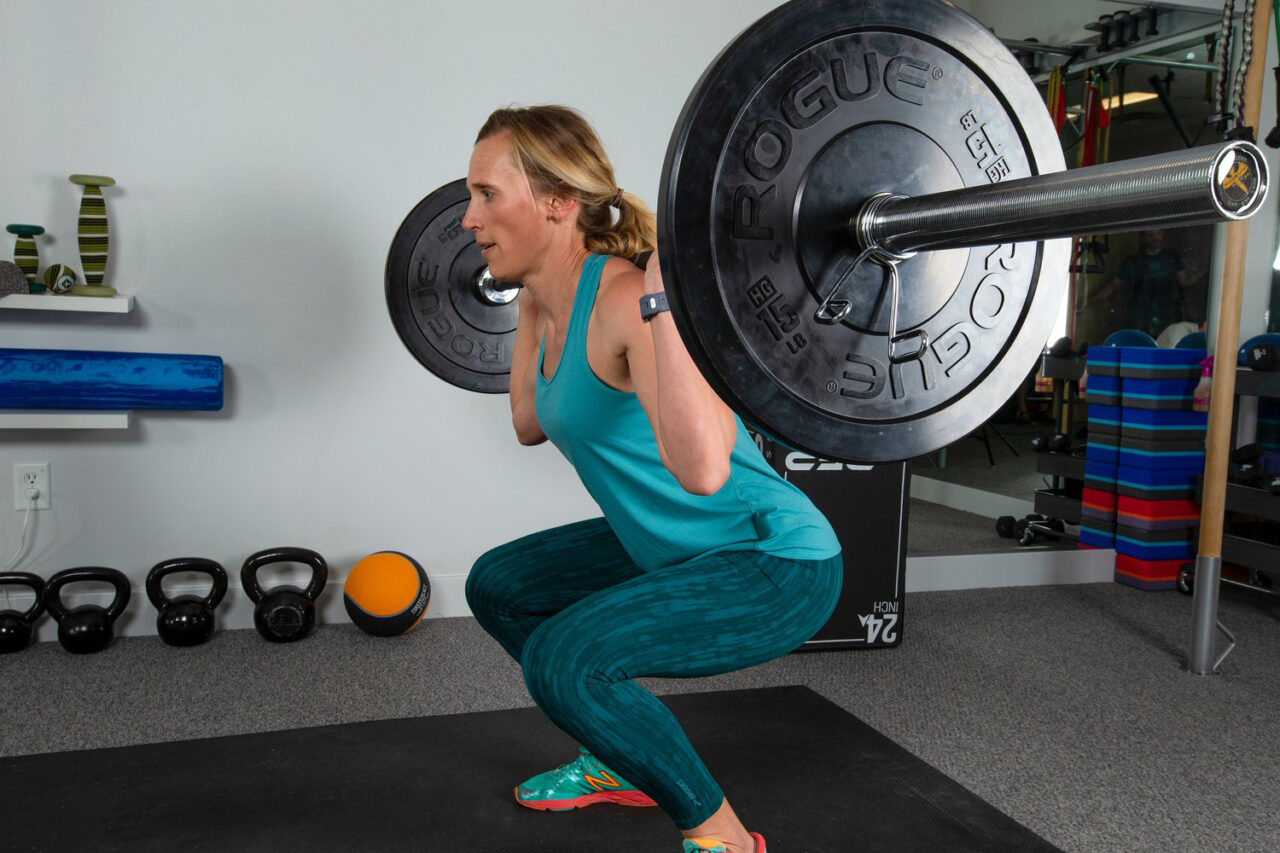At our Lafayette Physical Therapy and Boulder Physical Therapy clinics we are continuously working on getting runners back to the sport they love. There is great research available these days for examining the best ways to get athletes back to running. The article “External loading of common training drills: Ranking drills to design progressive return-to-run programs” published in the Journal of Orthopaedic & Sports Physical Therapy provides a comprehensive framework for designing progressive return-to-run programs for runners recovering from injury. The authors highlight the importance of considering strength training with external loading when designing these programs and propose a ranking system for common training drills based on the amount of external loading that can be added. This system can help clinicians tailor programs to the individual needs of their patients and safely progress them back to running. The authors used four categories to rank common training drills based on the amount of external loading that can be added. These categories are:
Bodyweight: exercises that use only the individual’s body weight as resistance, such as bodyweight squats or lunges.
Low resistance: exercises that use relatively low amounts of external weight or resistance, such as dumbbells or resistance bands, to increase difficulty, such as split squats or step-ups.
Moderate resistance: exercises that use moderate amounts of external weight or resistance, such as barbells or kettlebells, to increase difficulty, such as deadlifts or lunges with weight.
High resistance: exercises that use high amounts of external weight or resistance, such as heavy barbell squats or deadlifts, to increase difficulty.
The article outlines a variety of training drills commonly used in rehabilitation programs for runners, such as single-leg squats, lunges, and hops. The authors then rank each drill based on the amount of external loading that can be added, ranging from bodyweight to high resistance. They provide specific examples of how this ranking system can be used to design programs for runners with different injuries, including Achilles tendonitis and patellofemoral pain syndrome. The authors also emphasize the importance of proper technique and progression when using external loading, as well as the need for individualized programs based on the patient’s specific injury, fitness level, and goals.
Are you looking to maximize your running performance or are you recovering from an injury and hope to get back to running? At MEND we specialize in examining the whole runner, from a physical exam to what happens during the gait cycle
Schedule an appointment with one of our running specialists to get an evaluation
Curious about exercise routines that can help improve your running, visit our YouTube page and check out our playlists directed at runners.
Read about running on our blog.
Source:
1. Goodson C, McLeod AR, Kearns Z, Paquette MR. External loading of common training drills: Ranking drills to design progressive return-to-run programs. Phys Ther Sport. 2022 Nov;58:167-172. doi: 10.1016/j.ptsp.2022.10.012. Epub 2022 Oct 30. PMID: 36368150.

